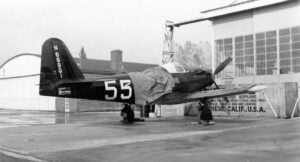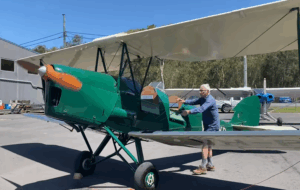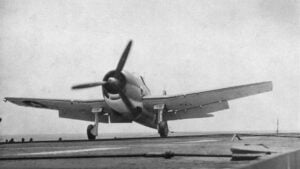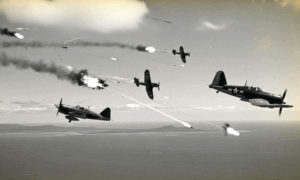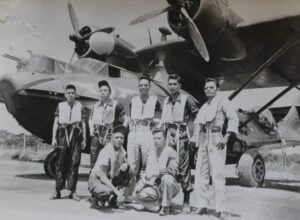The U.S. and Japan Battle That Crushed Japan’s Air Fleet in the Pacific Theater
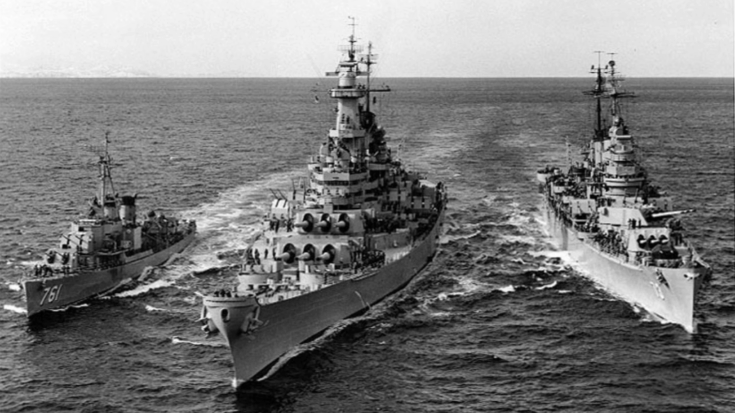
Drachinifel / YouTube
Clark Field Under Siege
In October 1944, at Clark Field in Luzon, the 49th Fighter Group of the United States Army Air Forces had already been flying for over two months with little rest. Though they controlled the skies over the Philippines, Japanese aircraft continued to attack in large numbers. Lieutenant Colonel Jack Morrison felt the pressure of another mission as P-38 Lightnings roared overhead. Pilots were visibly exhausted. Bloodshot eyes, shaky hands, and silent stares marked the toll of 67 straight days of combat.
On October 23rd, radar spotted a large enemy formation approaching from Formosa. More than 200 Japanese planes were on their way. This was part of Operation Shō-Gō, a major Japanese offensive to push back the American landings at Leyte. In the past three days, the 49th had already claimed 267 kills. However, they had lost 18 pilots, with 12 more wounded. Despite the heavy losses, the Americans scrambled 36 aircraft with another dozen being prepped.
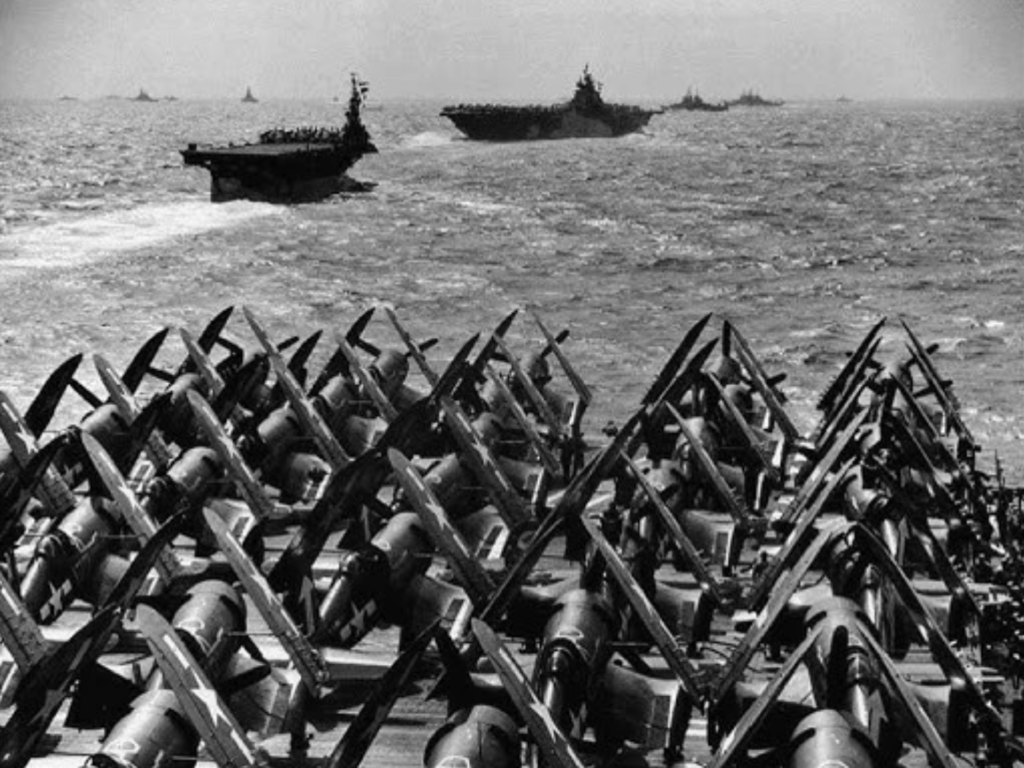
First Contact and Heavy Losses
As the American planes gained altitude, the green mountains of Luzon faded under a layer of haze. At 10,000 feet, the scene looked peaceful, but the calm vanished after 17 minutes. Lieutenant Bobby Chen spotted enemy aircraft climbing below—over 40 fighters, including Oscars and Zeros. Morrison ordered his squadrons to dive. With speed, height, and firepower on their side, the P-38s attacked first. Morrison scored a direct hit on a Zero, calling out, “Splash one.”
The air turned chaotic. Fighters twisted in every direction as each pilot tried to gain position. Morrison claimed a second kill, downing an Oscar. When the Japanese retreated, only 31 of the original 36 American planes remained. Lieutenant Chen was among the dead. Morrison believed they had downed at least 15 Japanese aircraft, but losses continued to mount.
Facing a Second Wave
There was no time to recover. Another enemy wave of 80 aircraft approached. The Americans, now down to 31 planes, would have to face it alone. Morrison gave the order to engage. Above Luzon at 20,000 feet, the two forces collided. The battle was intense and evenly matched. Morrison fought a skilled pilot in a Ki-84 Frank, eventually shooting him down after a long duel.
More losses followed. Lieutenant Dave Parks, only 19, was shot down by a Zero. Morrison saw his parachute deploy, but it was unclear if he survived. After 30 minutes of fighting, 13 more American aircraft were gone, but they had destroyed at least 40 enemy fighters. Clark Field called for fuel status as aircraft limped back with damage and near-empty tanks.
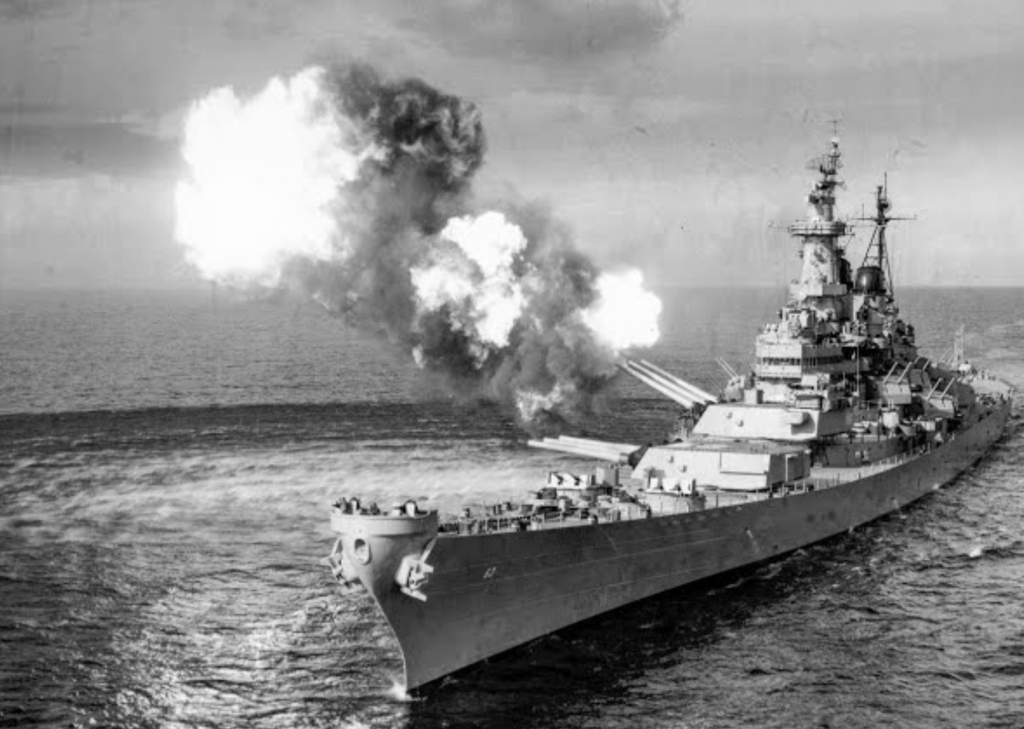
Repair and Return to Battle
Morrison landed with oil trailing from his damaged left engine. His crew chief reported the engine would’ve seized in 20 minutes. Even worse, a cannon shell had passed through a vital control rod. Despite heavy casualties, more enemy formations were coming—over 300 additional planes from Formosa. Morrison ordered all aircraft refueled and rearmed, calling for help from other groups.
The rest of the day was spent in the air. P-47 Thunderbolts and Navy F6F Hellcats joined the defense. Morrison flew so many missions, he lost count. His P-38 was patched up and sent out three times. Engagements were constant. Losses on both sides grew, but by the end of the day, the Japanese could no longer keep up.
Final Victory Over Manila Bay
At sunset, Morrison and six P-38s intercepted around 30 Japanese planes, many piloted by students or new trainees. The Americans shot down every one without a loss. Morrison’s final landing that day came in a nearly destroyed plane. Only 12 of the 48 Lightnings from four days earlier were still flyable. The 49th had scored 247 kills but had lost 37 pilots.
Intelligence confirmed the scale of the victory. Over 1,600 enemy aircraft had been destroyed in the Philippines. The skies were finally cleared. Morrison and his men had stopped Japan’s last major air push. It was a costly win, but it ended Japan’s air threat in the Pacific Theatre.















